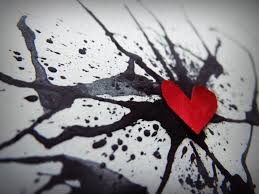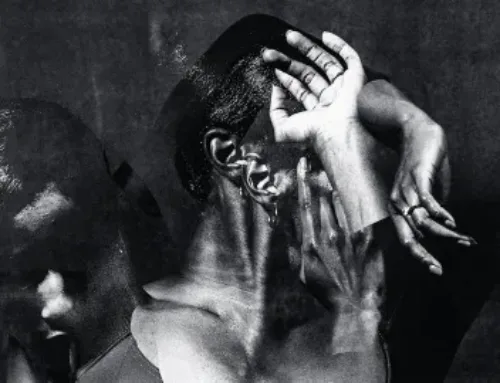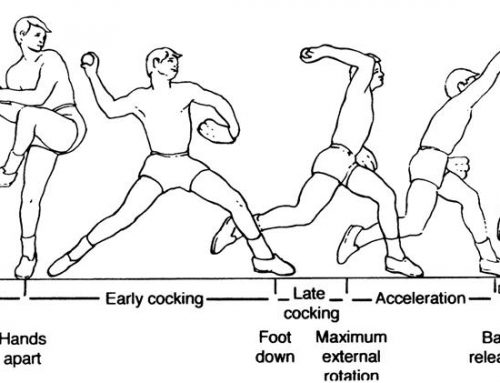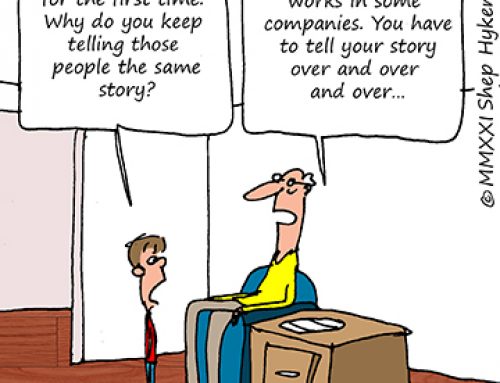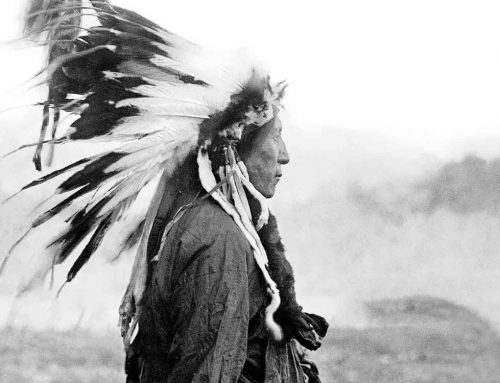It’s valentines day and love is in the air full throttle from every retailer going. The way we choose to love can be as unique as the way we choose to make a living, maintain our health, or entertain ourselves. But my question to everyone is: “Do you really understand love?”
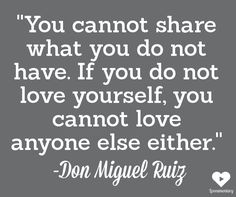
We cannot love others until we love ourselves, and alot of us are disconnected from the self. This is why I encourage meditation as one of the ways to connect to the self and feel self love. It’s scientifically proven to change the chemistry in our frontal lobe and really makes us connect and go in. As Buddah said: ‘When you don’t go within, you go without’. When we are disconnected we therefore use outside addictions to feel love, (as love and pain are connected) or we spend an incredible amount of time grooming ourselves with everything from botox, make up and clothes for women to cars, aftershave, material things for men. We are stuck in our left brain over analysing with stinking thinking and are not getting creative with the right brain or connecting with nature.
So much so that the retailer yet again jumps on poor insecurities. Wear this, buy that, look like this and you will attract love and be love, but is this really true………………….
The most intimate relationship you will ever have is with the self. The love principle is balanced as giving and re giving. A beautiful example is from Paul chek: “The concept of giving and regiving is beautifully depicted in nature. For example, grass grows in response to the love given from Mother Earth and Father Sun. The grass is given life, in which it experiences the love of physical existence. Grass growing on the African savanna also experiences this giving. From time to time, a zebra comes along and eats the grass, which may or may not terminate its physical life. To be eaten by the zebra is the grass’s chance for regiving; it contributes its life and love to the zebra, nourishing and energizing the animal’s life. The zebra, experiencing the same love from Mother Earth and Father Sun in the form of water via river, stream or pool and food from grass, is perpetually receiving its giving or love and enters into its natural regiving when, for example, a lion kills and eats it. The zebra now passes its giving, its love onto the lion. The lion, though not a grass eater, enjoyed the love of both Mother Earth and Father Sun that was offered the grass as bioaccumulation in the zebra, allowing it to express the gifts of “lion life” on the savanna. Being at the top of the food chain, much like the human being, the lion’s only real predator is Father Time. The lion comes to the end of its natural life and typically dies in its sleep. Upon death, the buzzards, other scavengers and microorganisms will ensure that the lion offers its fair share of regiving, completing what is referred to as the closed organic cycle or the wheel of life”. Paul Chek
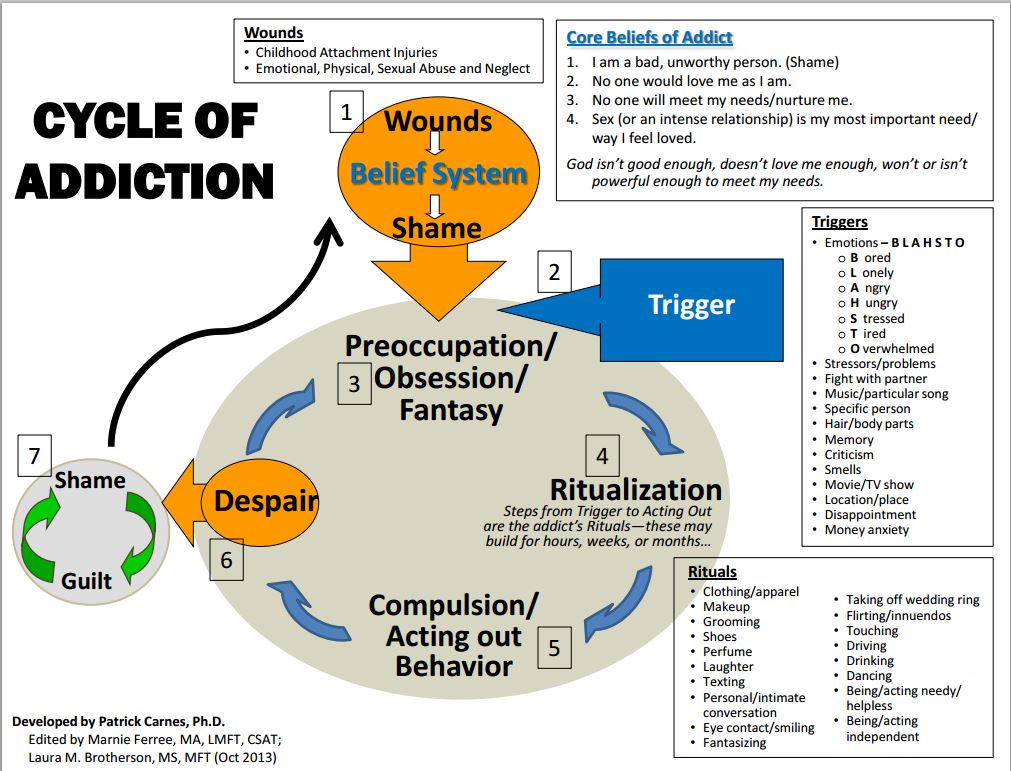
So in a nutshell we rely on everyone and everything else to feel love or fix us. I have come to understand in the last twenty five years of running studios that disease, obesity and addictions including pain and injury and not conditions that can be treated.The very nature of the word treatment implies that someone else will render services for you or fix you.
We are all trying to find safe love. For example if an addict is over eating and under eating, over and under exercising, disrupting their life to live without drugs including pharmaceutical. It then becomes very common to recognise that these behaviour are to do with freedoms and unconditional love.

People suffering form these torments and we have all been there, have typically not larked how to love themselves most often because the love mentors who were around them when growing up also mixed the two things together love and pain. And since love is is vital fr growth and development as it for plants and animals, we naturally seek to create it for ourselves without wise guidance and support. This becoming short lived and with rebound effect.
Of course we still all love the giving and receiving on Valentines day.
Bibliography
Paul Chek

